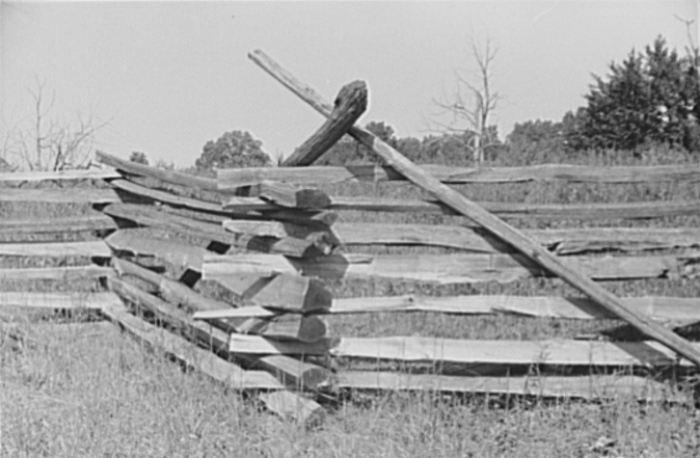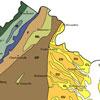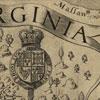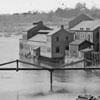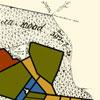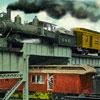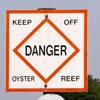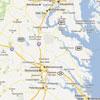When historians consider the environment, they think not only about the non-human world of plants, animals, and landscapes, but also about how humans fit into this world. This approach to history blurs the line between humans and the environment by looking at human action in context with the world around it. Humans are as much a part of nature as are frogs, trees, and rivers.
The first things to come to mind when we think of humans and the environment tend to be disasters like floods or oil spills, or recreational activities like hiking or boating. But an everyday object such as this fence can tell us as much, even more, about human-environment interaction. This fence is built in a “snake-rail” construction typical of colonial Virginia; a style still seen today. Such fences are everyday reminders of how intertwined human history is with the natural world.
Fences, virtually absent from North America before Europeans arrived, speak to the process of colonization, the dispossession of American Indian land, and the ways Europeans thought about concepts such as ownership and settlement. They reflect both technological development – seen in the shift from fences such as the one pictured here, to barbed wire and electric fencing in the 20th century – and changing patterns of land use. And, perhaps most clearly, they represent one of the many ways humans seek to shape, control, and bound their environment to fit cultural, social, and economic desires.
Fences stand at the boundary of society and nature – a border often more conceptual than real – and represent the ways people interact with both the non-human world and with each other. Virginia’s first law to mandate fencing passed in 1631. Fences in colonial Virginia were not intended to keep livestock in, but rather to keep animals out. In colonial Virginia it was typical for livestock owners to release their cows and hogs into the woods to find food for themselves, and often this livestock found the most convenient food in farmers’ fields. Fence laws were an attempt to mitigate farmers’ complaints by requiring them to put up fences to protect against livestock. In this way they reflect not only legal and economic interactions between settlers, but also the process of taking ownership of land, the spread of European settlement, alteration of the landscape, and the cultural separation of “orderly” farmland from “disorderly” nature.
Source: Marion Post Wolcott, “Typical Rail (Snake) Fence, West Virginia,” still image, Library of Congress, Prints and Photographs Division, 1938, accessed November 19, 2018.
Instructions
Explore the following resources to learn more about Virginia geography and the fence. Click on an image thumbnail to load it in the main area.
After viewing all the resources, continue to the Rethink.


